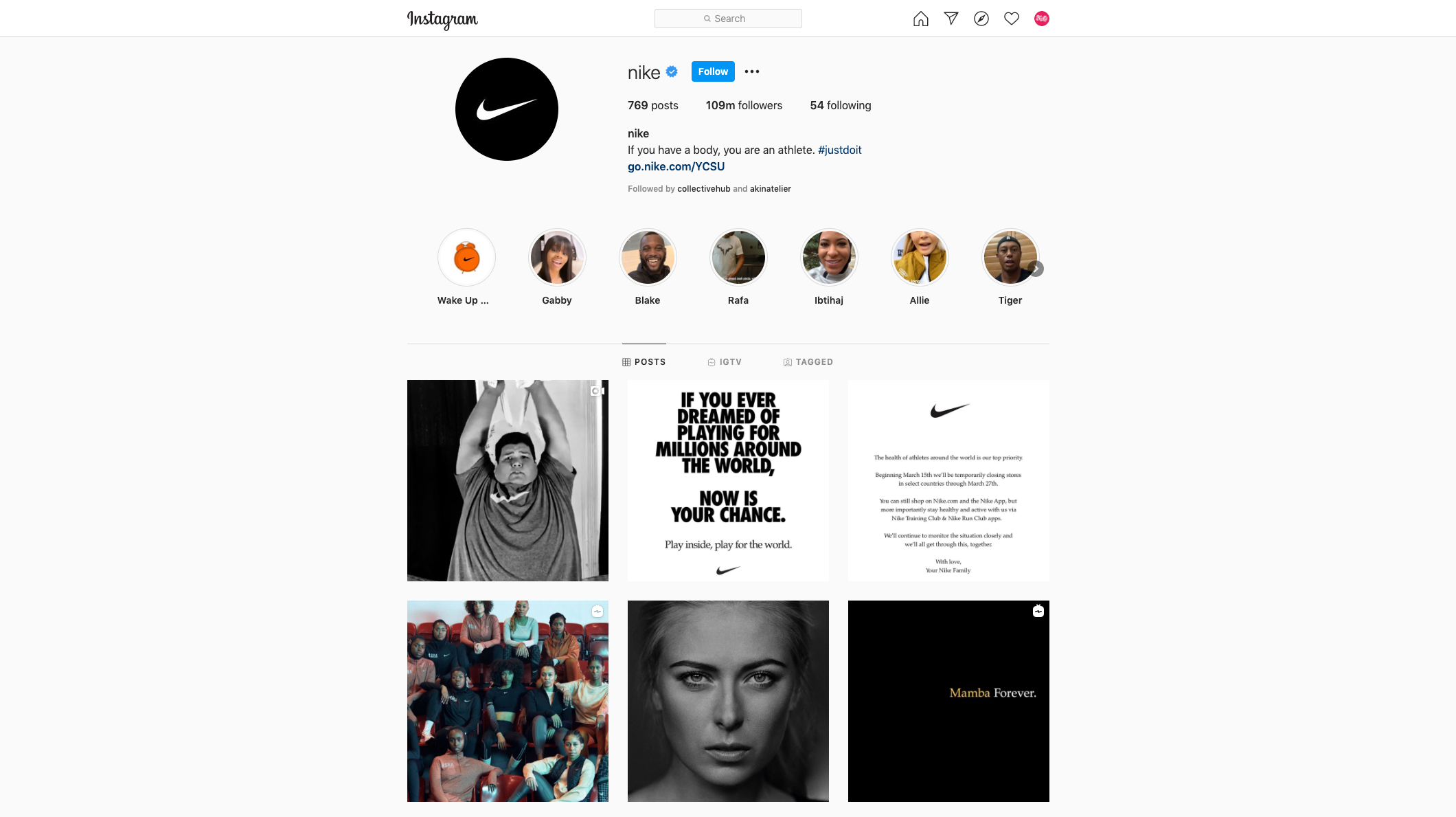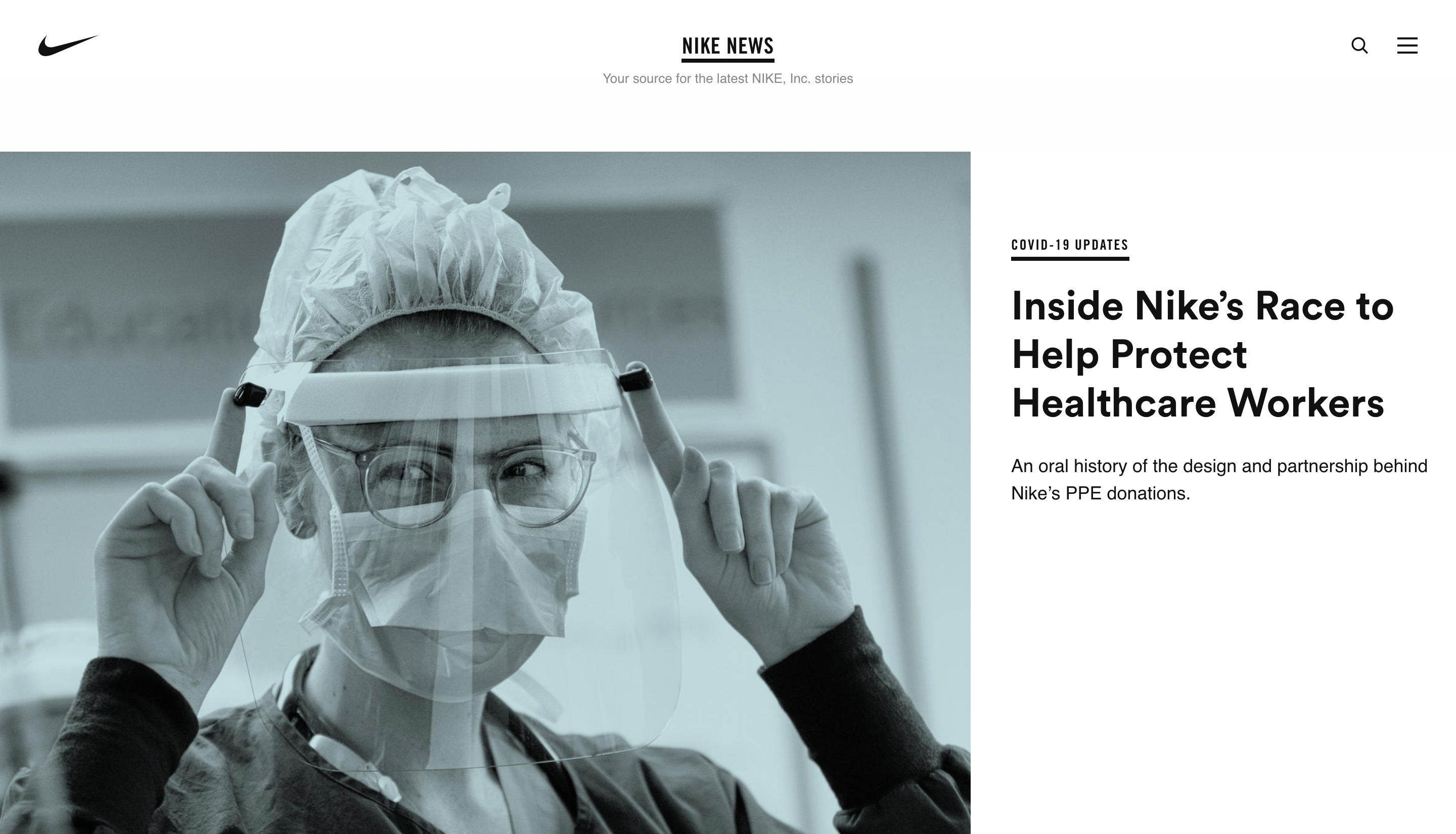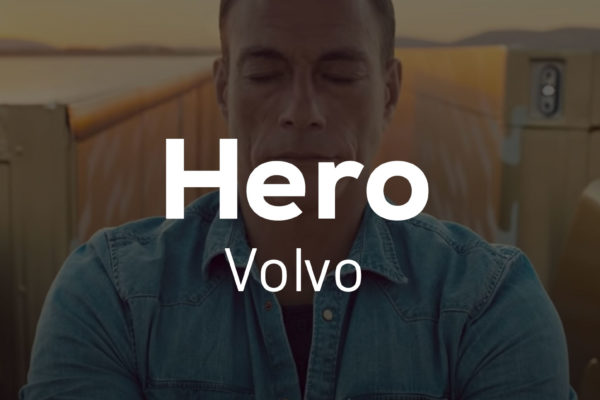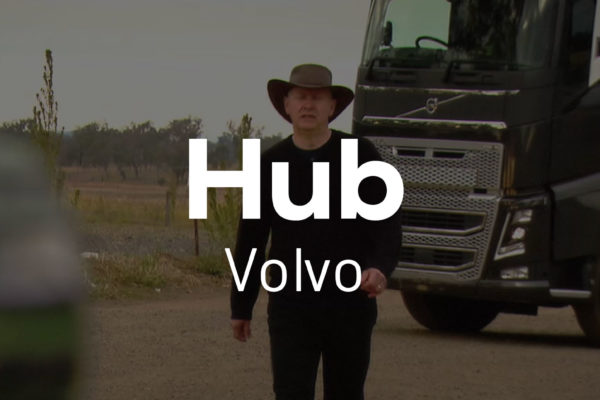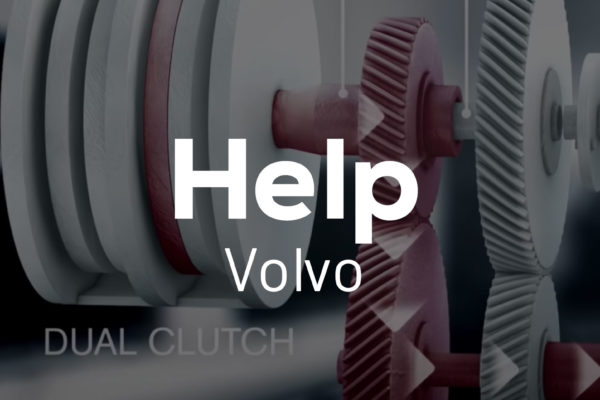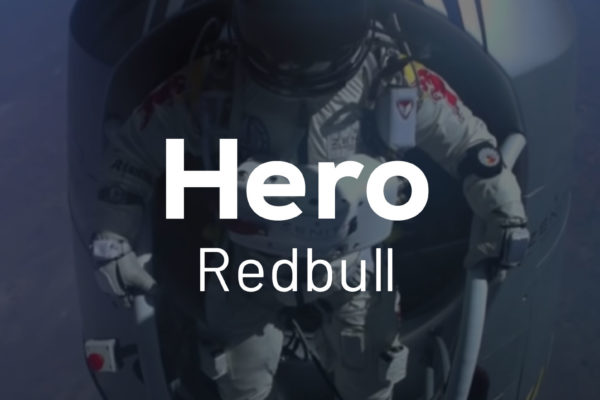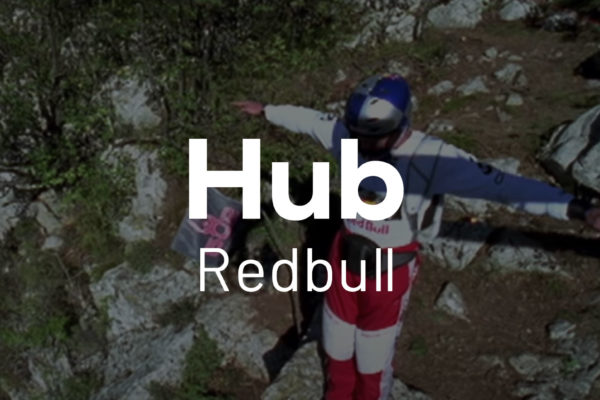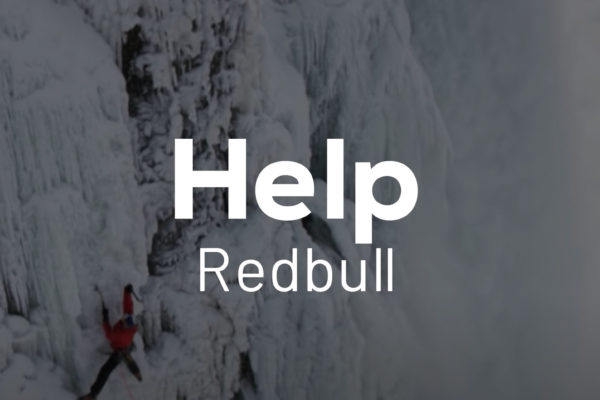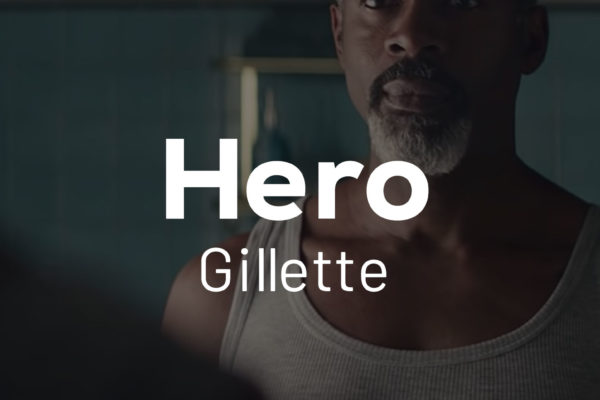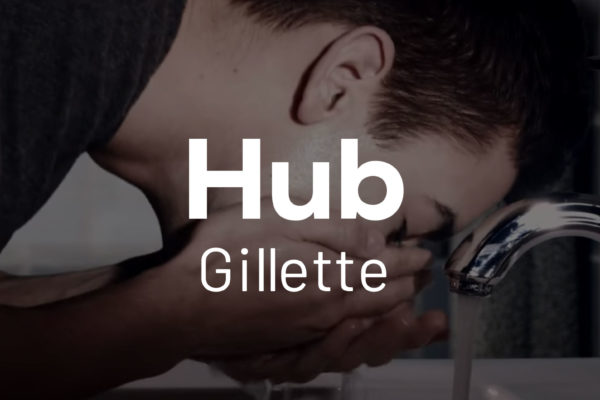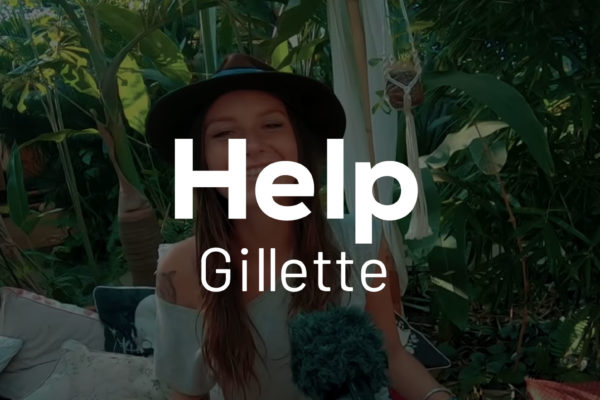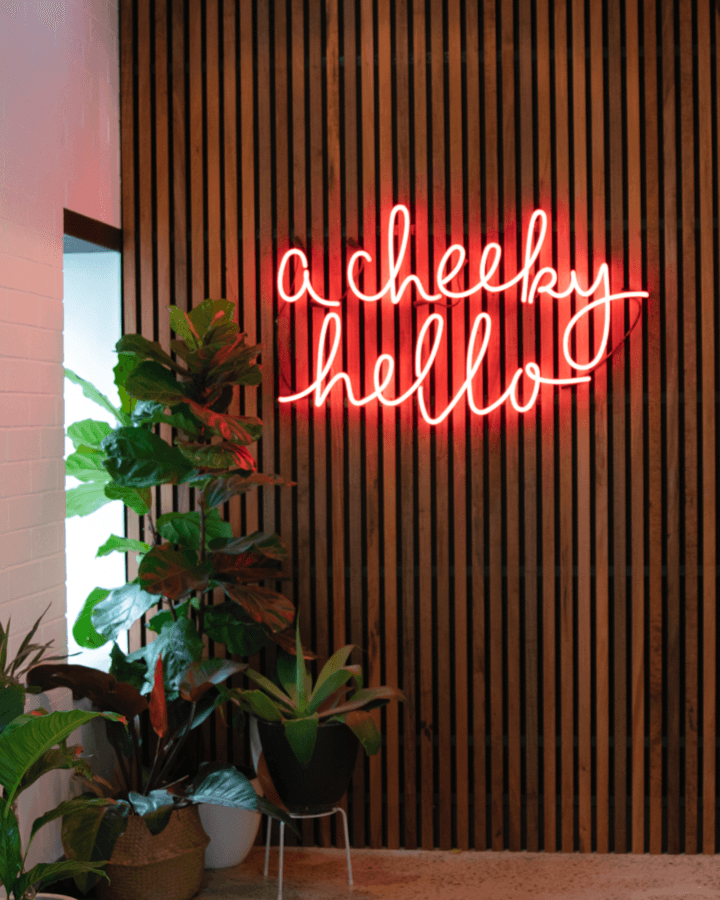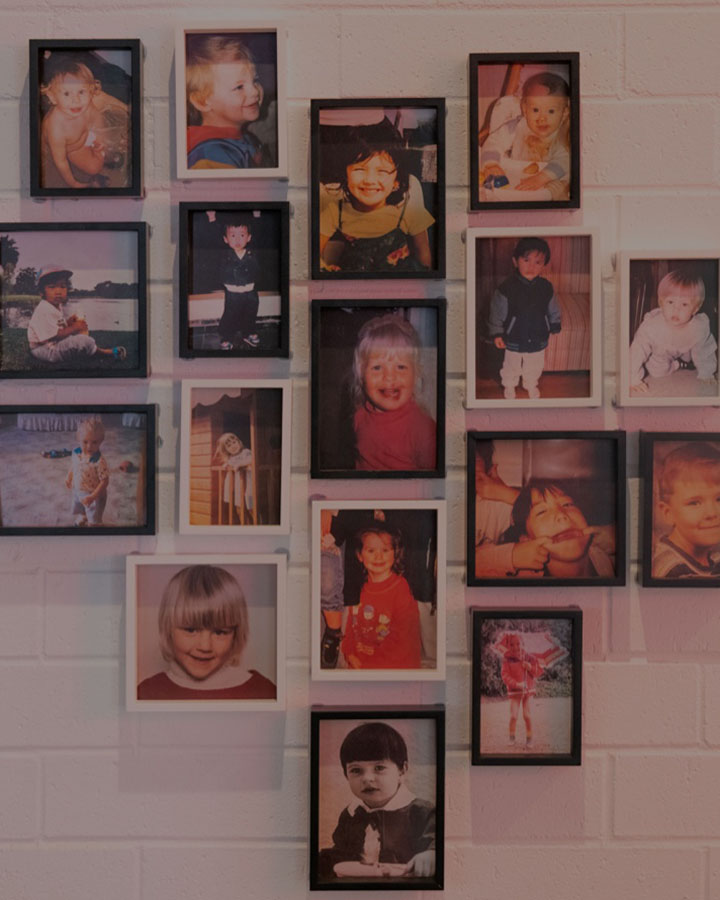Anatomy of a content strategy
‘Content’ can be so many things. It can be 1000 words on a webpage somewhere. It can be a tweet or an Instagram post, a meme or something you watch on Netflix.
The term is so elastic that no-one really knows what you’re saying when you tell them you work at a brand and content agency… But that big, broad term is useful for covering all the ways we can be entertained and informed. It just needs a bit of thinking to organise it.
At Chello, we divide this nebulous ‘stuff’ into three categories: ‘hero’, ‘hub’ and ‘help’. YouTube happens to use the same categories to help people think about their videos, but it’s flexible and simple enough to make you think about the relevance of what you’re saying.
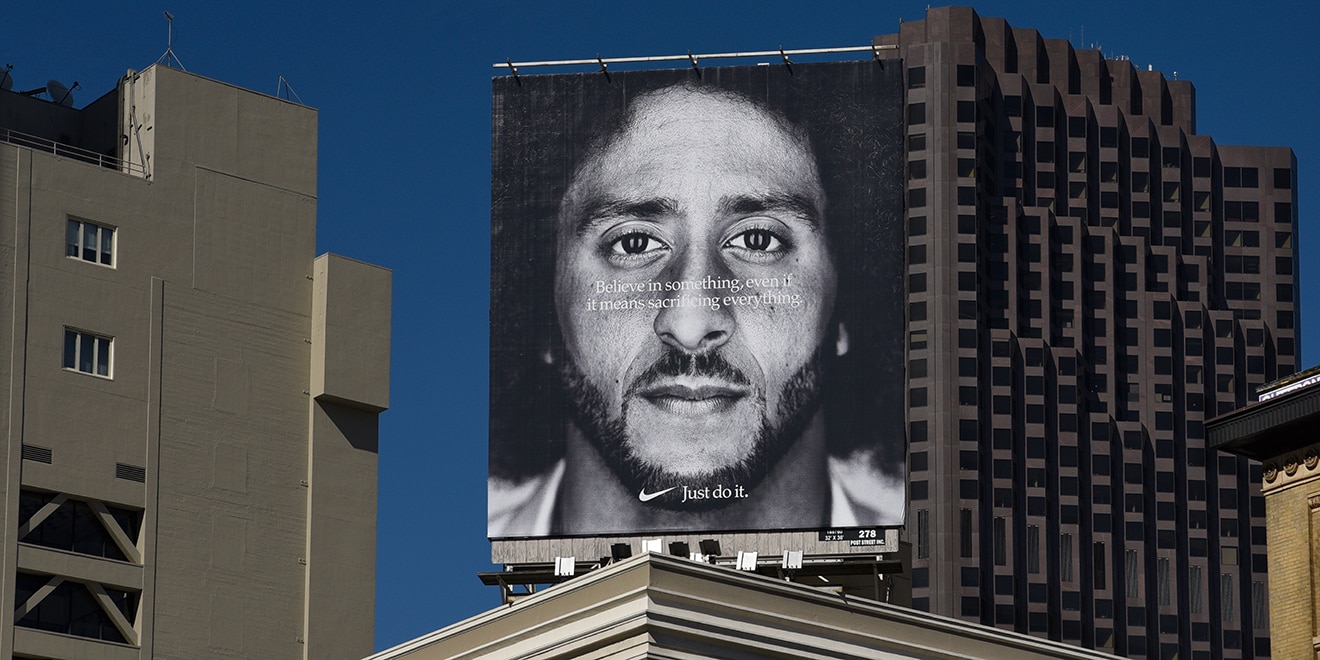
Hero
‘Hero’ content is your big, shiny, impressive piece. It’s made to grab attention from anyone who happens to be in the vicinity; your ‘browsing’ audience. They’re not all going to be interested, but that’s not the point. More is more.
As an example? Well, we’re suckers for anything Nike does. They always have a really simple message done in that uniquely inspiring Nike voice. The Dream Crazy video is a pretty perfect example of what a ‘hero’ piece can be. Nike received 5.2 million mentions on social media in the 72-hours after the video’s release (1678% greater than usual) and added 170K followers on Instagram. It eventually added $6 billion (USD) to their brand valuation.
Hub
This is the stuff that builds trust with people and creates a sense of community. Usually it’s for people who have hit subscribe or follow on your brand. So you could be looking at an eDM, social content, regular blog or video content.
For Nike’s Dream Crazy, social media is a natural place to expand on the same message. With a mix of professional athletes and everyday athletes, Nike elaborates on their message to an audience who has an appetite for it.
Help
This is the content that ‘helps’ people use and understand your product or service; it’s for people actively searching for content. This could be product pages, FAQs or reviews; anything that’s a bit more static and makes people confident as they use your brand.
Take a walk through the Nike website anytime and you’ll see sharp photos, gifs and slick product descriptions. Even though ‘help’ content is less dynamic, it’s really important because it helps people at the moment where you can turn them into a customer.
That’s it! Hero-hub-help is a really simple framework but it clarifies the point of your content. And while Nike seems like an inaccessible example, the structure of their campaign holds up for any kind of organisation. The three categories force you to think about a big key message that grabs attention, supporting messages that build trust, and the foundational content that gives people confidence in your brand. Think of it like Maslow’s hierarchy of needs, but for content. The base layer answers a customer’s essential needs (your product and service) while the very top of the triangle articulates the higher purpose of your brand.
Take a look at how some other brands do it:
-
You’ve seen Van Damme do the splits between two Volvos. Did you see the rest of the content? If so, you’re probably a Volvo customer.
-
Redbull’s supersonic freefall earned them even more fans who subsequently feasted on their hub and help content.
-
Gillette’s controversial “The Best a Man Can Be” video stuck to its guns with product-focussed content too.
